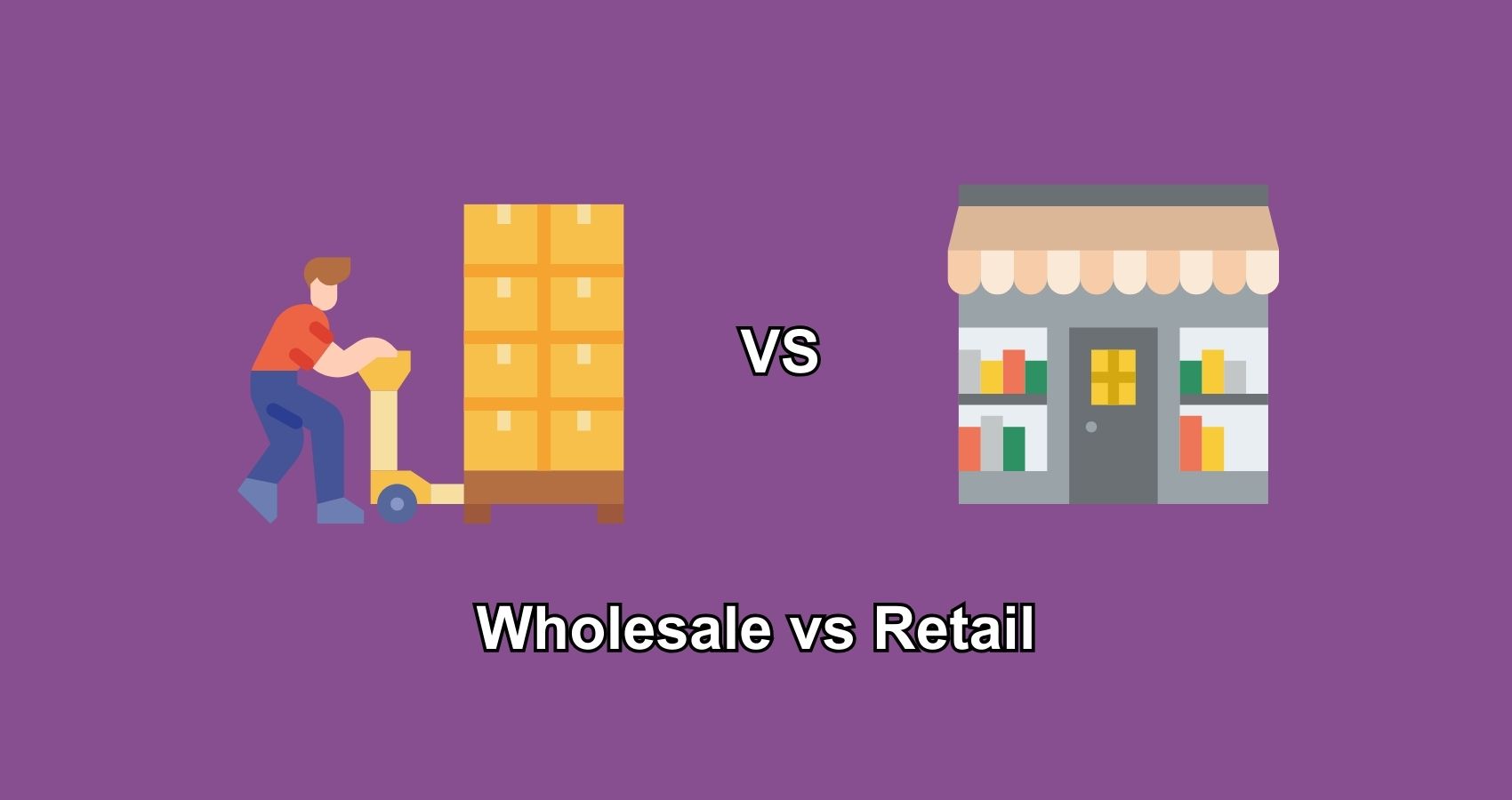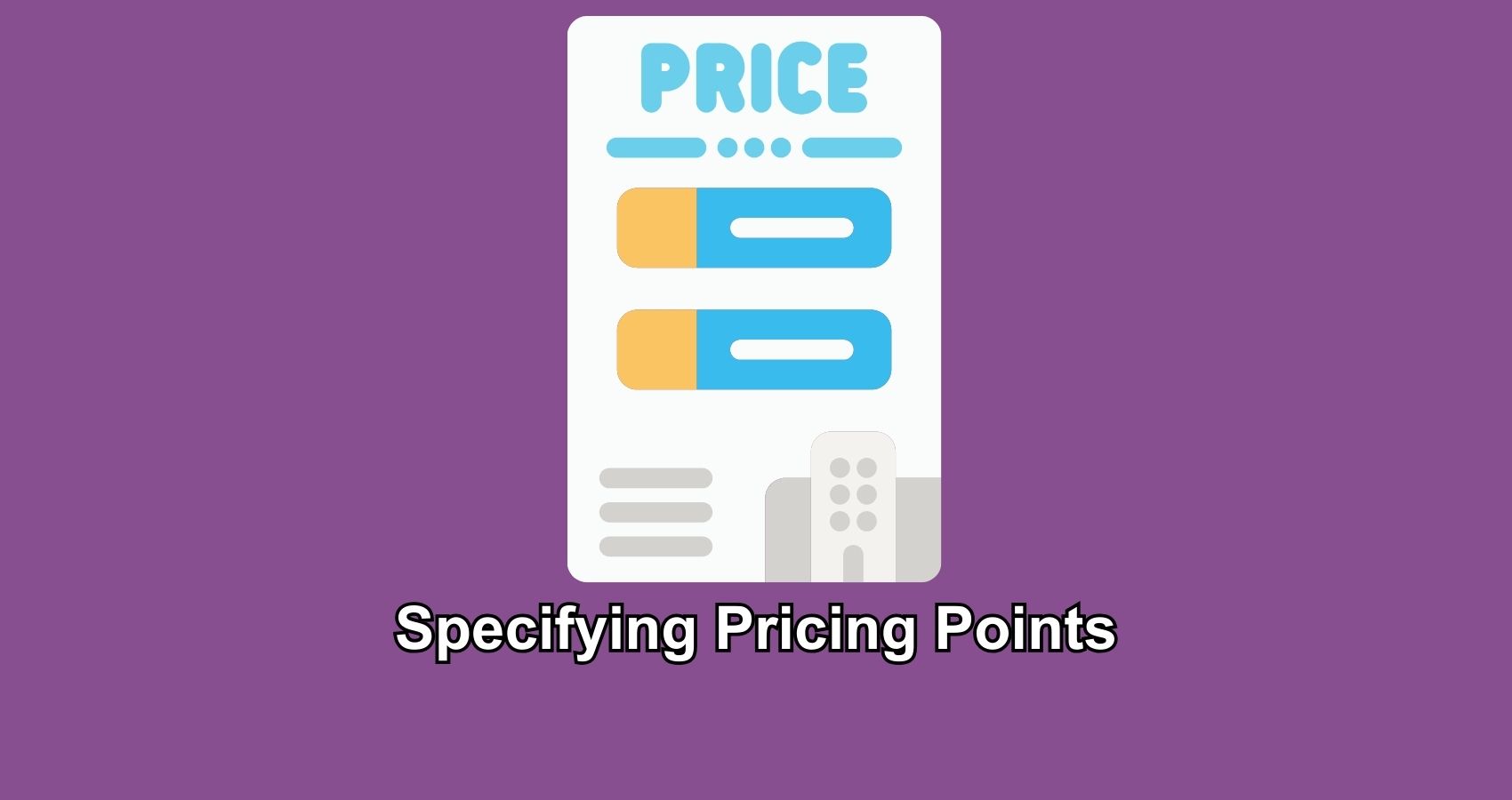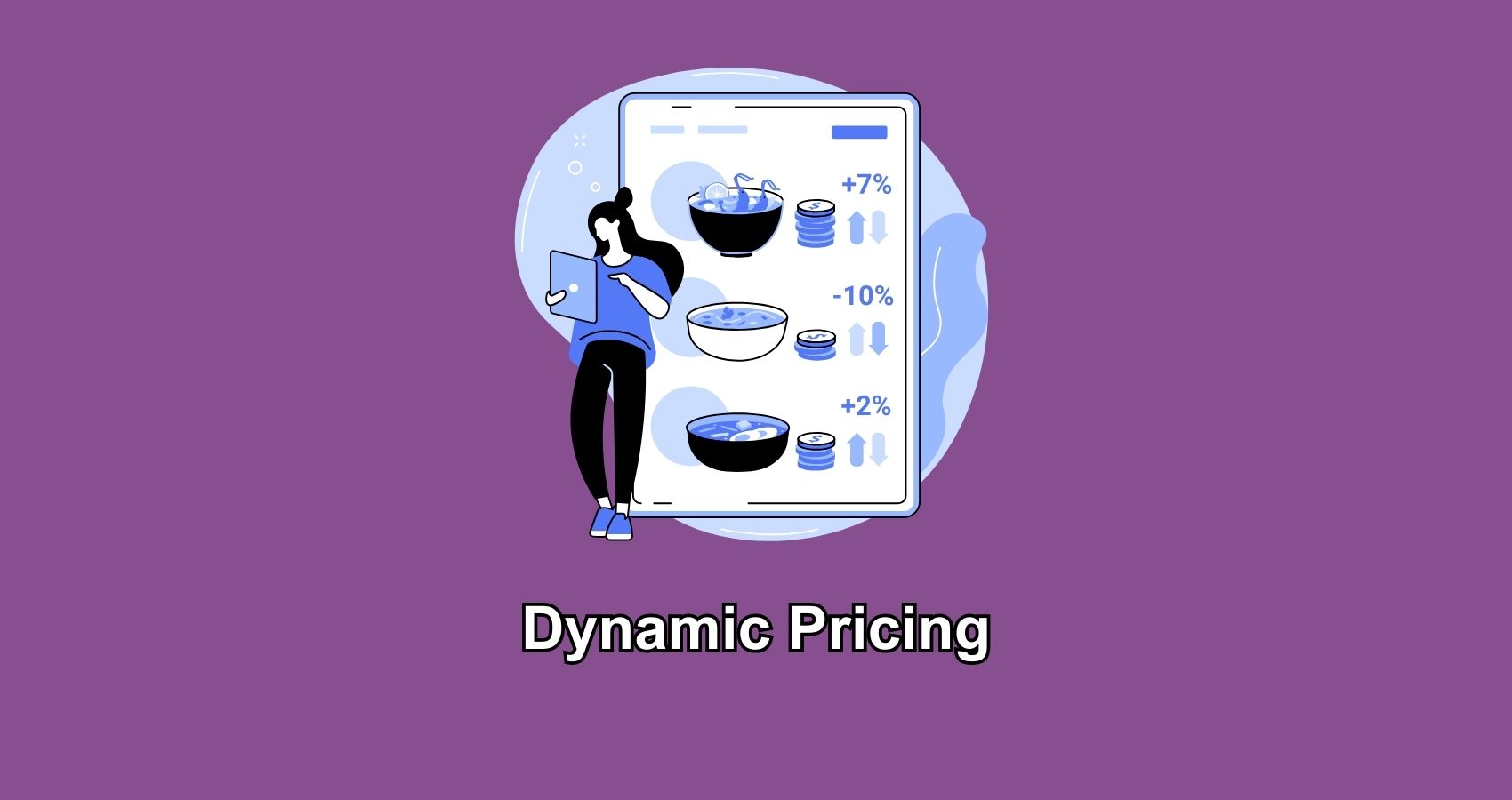How Dynamic & Tiered Wholesale Pricing Can Boost Sales in WooCommerce
Picture this: Your online wholesale business is thriving, with customers flooding your virtual aisles. But there’s a catch—every customer is unique, with distinct buying habits, preferences, and demands.
In B2B commerce, traditional static pricing models might need to catch up. That’s where “Dynamic Tiered Wholesale Pricing for WooCommerce” comes in. No more one-size-fits-all approach, no more missed opportunities.
In this article, we dive deep into the reality of dynamic pricing that adapts to your customers, where you offer different pricing strategies based on quantity, setting the stage for increased engagement, competition, and lasting customer relationships.
What is Dynamic-Tiered Wholesale Pricing?
Unlike traditional static WooCommerce pricing models that offer the same rates to all customers -regardless of their purchasing behavior- dynamic tiered pricing takes a more tailored approach. It segments your wholesale customers based on factors such as purchase volume, order frequency, and loyalty.
Each segment, or tier, is then assigned a unique pricing structure that rewards their engagement with your business.
5 Benefits of Dynamic Tiered Pricing
- Personalization that Resonates: Every customer wants to feel valued. Dynamic tiered pricing does just that by customizing pricing based on how much a customer invests in your products.
- Boosting Customer Engagement: By offering better pricing as customers move up tiers, you encourage them to increase their order volume or average order value leading to enhanced profitability, engagement, and loyalty.
- Staying Ahead of Competition: Dynamic pricing allows you to react swiftly to market changes, ensuring your prices remain competitive without manual intervention.
- Fostering Long-Term Relationships: Your customers will appreciate the extra mile you’ve gone to cater to their specific needs. This can result in stronger, longer-lasting business relationships.
- Data-Driven Decision-Making: Dynamic pricing isn’t just about intuition; it’s powered by data. As you gather insights into customer behaviors, purchase patterns, and preferences, you can fine-tune your pricing strategies for maximum impact.
Wholesale vs Retail

Distinguishing between wholesale and retail offerings is pivotal for a successful dynamic tiered pricing strategy. While the lines might seem blurry, understanding the nuances between these two categories can significantly impact your bottom line and customer relationships. Here are 3 reasons as to why you should distinguish between wholesale and retail customers:
- Tailored Pricing Strategies: The differences in purchasing behavior and customer expectations make it imperative to tailor your pricing strategies separately. Applying dynamic tiered pricing to wholesale and retail items ensures relevance and effectiveness.
- Customer Perception: Treating wholesale and retail items separately demonstrates your understanding of different customer needs. It enhances customer satisfaction by showing that you’re attentive to their unique buying patterns.
- Optimal Profitability: Tailoring your pricing strategies enables you to maximize profitability for both segments. While wholesale items might offer larger margins due to bulk sales, retail items can capitalize on the perceived value and convenience they provide.
Steps to Implement Dynamic Tiered Wholesale Pricing
1. Customer Segmentation
Segmenting your wholesale customers is the cornerstone of dynamic tiered pricing. Analyze their purchasing behavior, order frequency, and loyalty to categorize them into distinct groups
This segmentation provides the foundation for tailoring pricing structures that resonate with each customer segment’s unique needs. Ensure your wholesale and retail customers are distinctly segmented. Use WooCommerce Quantity Controls to ensure your Wholesale customers meet minimum order quantity requirements.
2. Tiered Structures
Once you’ve segmented your customers, create distinct tiers that reflect their engagement level with your business. Each tier should offer increasing benefits, such as deeper discounts, exclusive product access, or enhanced customer support. Naming these tiers creatively can also add a touch of personalization.
Craft separate tiered structures for wholesale and retail items. Wholesale tiers can focus on volume-based discounts, while retail tiers might incorporate percentage-based reductions or buy-one-get-one offers.
3. Pricing Strategies
Within each tier, employ pricing strategies that align with customer expectations and your business goals. Consider options like volume-based discounts, percentage-based reductions, or fixed price points. The goal is to provide incentives for customers to move up the tiers by placing larger orders or increasing their engagement.
Allow for flexibility within each category. Wholesale tiers could cater to different volume ranges, while retail tiers could target customer loyalty or special occasions.
4. Real-time Price Adjustments
The ‘dynamic’ aspect of this pricing model comes to life with real-time adjustments. Leverage automation tools and plugins to continuously monitor market trends, demand fluctuations, and competitor pricing.
This enables you to adjust your prices on-the-fly, ensuring your offers remain competitive and relevant.
5. Communication and Transparency
Keep your wholesale customers informed about your dynamic tiered pricing model. Clearly communicate the benefits of each tier and how customers can progress. Transparency builds trust and encourages customers to engage more actively with your pricing structure.
6. Automation and Integration
Implementing a dynamic tiered pricing strategy requires robust tools and plugins that seamlessly integrate with your WooCommerce platform. These tools automate the process of assigning customers to tiers, adjusting prices, and notifying customers about tier upgrades.
7. Regular Monitoring and Optimization:
Dynamic tiered pricing is not a “set it and forget it” strategy. Regularly analyze how customers respond to your pricing tiers. Use data analytics to fine-tune your strategy, optimizing pricing points and benefits to maximize engagement and profitability.
How to Specify Pricing Points

Defining price points requires a strategic blend of understanding customer behavior, market dynamics, and your own profitability targets. Pricing points are the thresholds at which customers transition from one tier to another. Getting them right is essential for creating a pricing structure that’s both enticing to customers and sustainable for your business.
- Analyzing Customer Behavior: Study your historical sales data to identify purchasing patterns. Identify common order volumes or spending amounts that customers tend to reach. This helps you set realistic pricing points that cater to your audience.
- Market Analysis: Keep a finger on the pulse of your industry and competitors. Analyze their pricing strategies and identify pricing points that are commonly accepted or favored by customers.
- Profitability and Costs: Pricing isn’t just about attracting customers; it’s about sustaining your business. Calculate your costs, including production, shipping, and overheads. Factor in the margins you want to maintain and ensure your pricing points align with profitability.
- Customer Perception: Price perception matters. A difference of a few cents can significantly impact how customers perceive your pricing. Research shows that pricing just below round numbers (e.g., $9.99 instead of $10) can create the perception of a better deal.
Strategies for Specifying Quantity-Based Pricing Points
- Rounded Numbers: Rounded pricing points are straightforward and easy to understand. For example, setting a tier at $100, $250, and $500. These resonate well with customers and simplify decision-making.
- Threshold-based Points: Identify meaningful order volumes or spending amounts. For instance, if most of your customers typically order in quantities of 50, 100, or 200, set your tiers accordingly.
- Psychological Points: Utilize psychological pricing by setting points just below round numbers. Pricing a product at $9.99 instead of $10 can create a perception of a lower price while being marginally different.
- Progressive Steps: Design your pricing points with gradual steps. This encourages customers to spend a bit more to unlock better discounts, fostering loyalty and higher order values.
No pricing strategy is set in stone. Regularly monitor how customers respond to your pricing points and be open to adjusting them based on real-world feedback and changing market conditions.
Challenges and Considerations

While dynamic tiered wholesale pricing offers several benefits, implementing it can sometimes be challenging. Knowing these beforehand can help you come up with creative solutions that minimize the impact of these challenges.
1. Data Accuracy and Analysis
- Challenge: Effective dynamic pricing relies on accurate data. Inaccurate sales data or flawed customer segmentation can lead to mispricings and dissatisfied customers.
- Consideration: Invest time in cleansing and maintaining your data. Regularly analyze customer behavior to ensure that your segmentation remains relevant and your pricing strategies align with market trends.
2. System Integration
- Challenge: Integrating dynamic pricing plugins seamlessly with your WooCommerce store may pose technical challenges, especially if your existing setup is complex.
- Consideration: Prioritize compatibility when selecting a plugin. Test thoroughly to ensure smooth integration, and consider seeking professional help if needed.
3. Communication and Transparency
- Challenge: Effectively communicating the dynamic tiered pricing model to your customers can be challenging. Customers might not understand why prices change or the benefits associated with different tiers.
- Consideration: Craft clear and concise communication about your pricing structure. Use visuals, FAQs, and customer support to guide customers through the changes and showcase the advantages.
How to Setup Dynamic Tiered Pricing?
In the competitive landscape of e-commerce, utilizing dynamic tiered pricing strategies can be a game-changer for your WooCommerce store. This approach not only accommodates the diverse purchasing behaviors of your clientele but also empowers you to manage your inventory efficiently and maximize profits.
But the question that stands tall is – how exactly can one set up dynamic tiered pricing?
Here comes our plugin handy:
Dynamic Pricing & Bulk Quantity Discounts: Your go-to solution for instituting dynamic pricing strategies in your WooCommerce store. This plugin not only facilitates the effortless setup of bulk discounts but also pioneers in implementing advanced dynamic pricing tied to purchase quantities. Harness its potential to intuitively manage your store’s pricing dynamics, catering to a range of customer preferences and buying behaviors.
And sometimes, you want to have some control on quantities sold rather than pricing, this is where you think you will find our Min Max Default Quantity for WooCommerce useful.
This plugin stands unrivaled. Gain the upper hand in customizing your product quantities to exact specifications, setting minimums, maximums, and step increments (and much more). Leverage this tool to provide a tailored shopping experience for your customers, encouraging them to buy in quantities that benefit both parties.
Conclusion
This innovative approach revolutionizes pricing models by tailoring them to individual customer behaviors, fostering customer engagement and loyalty. Businesses can implement unique pricing structures that incentivize higher engagement by segmenting customers based on factors like purchase volume and order frequency.
With real-time price adjustments and personalized tier benefits, staying competitive and building lasting customer relationships has never been easier. By strategically defining pricing points and distinguishing between wholesale and retail strategies, businesses can optimize profitability while meeting customer needs.









